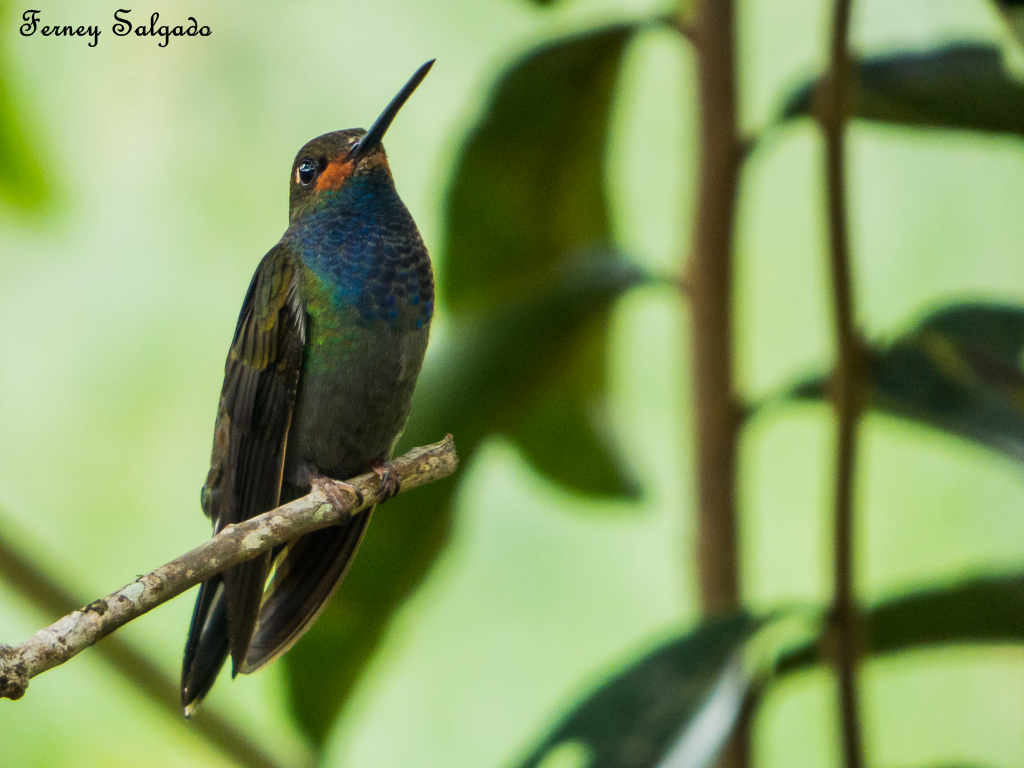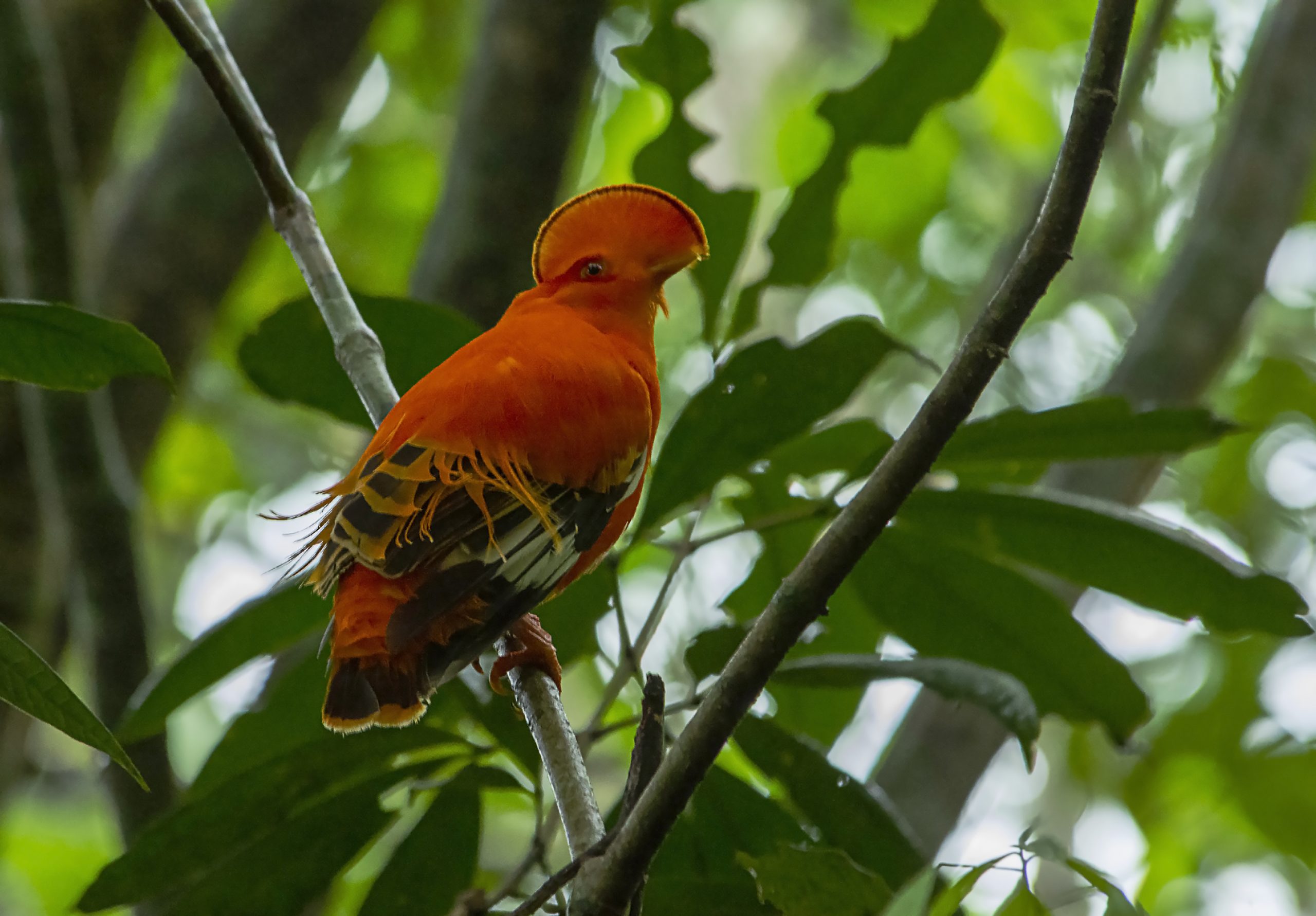This species is endemic to the eastern Andes of Colombia. Its name Synallaxis comes from the Greek sunallaxis = change, which was assigned by Vieillot (1818) referring to characters that merited recognition as a different gender. The epithet subpudica comes from the Latin sub = something, somewhat and pudicus = modest.

The tawny Antpitta is confident and easy to see. It inhabits dwarf forests and moors in the central and eastern mountain ranges. It feeds on small vertebrates, insects, seeds, and fruits. It runs quickly or jumps across the ground and takes refuge in bushes or grasses.
Formerly classified in the genus Schizoeaca. It is a difficult to see bird with a fairly long tail that lives in the high Andean mountains from Venezuela to Peru. Its name Asthenes comes from the Greek and means weak or insignificant. The epithet fuliginosa comes from the Latin fuliginosus = sooty.
It is one of the largest species in the genus. Its name Grallaria derives from the modern Latin grallarius = stilt man. The epithet squamigera derives from the Latin roots squama = scale and gerere = carry on.
Hummingbird mainly cinnamon color, inhabits highlands and with a proportionally short bill for its body size. Its name Aglaeactis comes from the Greek aglaia = splendor and aktis = ray of sun. The epithet cupripennis comes from the Latin cupreus = copper or copper and pennis = winged.
It is the only species in the genus Urochroa. Its name means colorful tail and derives from the Greek roots oura = tail and khroa = color. The epithet bougueri was established in honor of the French mathematician, astronomer and hydrographer Pierre Bouguer.
The Guianan cock-of-the-rock (Rupicola rupicola) is a species of cotinga, a passerine bird from South America. It is about 30 centimetres (12 in) in length and weighs about 200 to 220 grams (7.1 to 7.8 oz). It is found in tropical rainforests, near its preferred habitat of rocky outcrops. The male’s plumage is bright orange and the males have a prominent half-moon crest. The females are brownish in colour, and are generally much duller coloured than the males. It is one of two species of the genus Rupicola, the other being the Andean cock-of-the-rock. The Guianan cock-of-the-rock lives across the forested region of northeastern South America
It is a very showy hummingbird because of its long iridescent violet tail. This species is only found in South America. Its name Aglaiocercus means splendorous tail and derives from the Greek roots aglaia = splendor and kerkos = tail. Its epithet coelestis comes from Latin and means heavenly.
The bay-headed tanager (Tangara gyrola) is a medium-sized passerine bird. This tanager is a resident breeder in Costa Rica, Panama, South America south to Ecuador, Bolivia and southern Brazil, and on Trinidad.
This species was until recently considered a subspecies of A. torquatus. Like other species of the genus, it is a bird with semi-terrestrial habits that remains solitary or in pairs. Its name Arremon derives from the Greek root arrhemon = silent and its epithet assimilis derives from Latin and means similar, indicating a similarity with another species.












